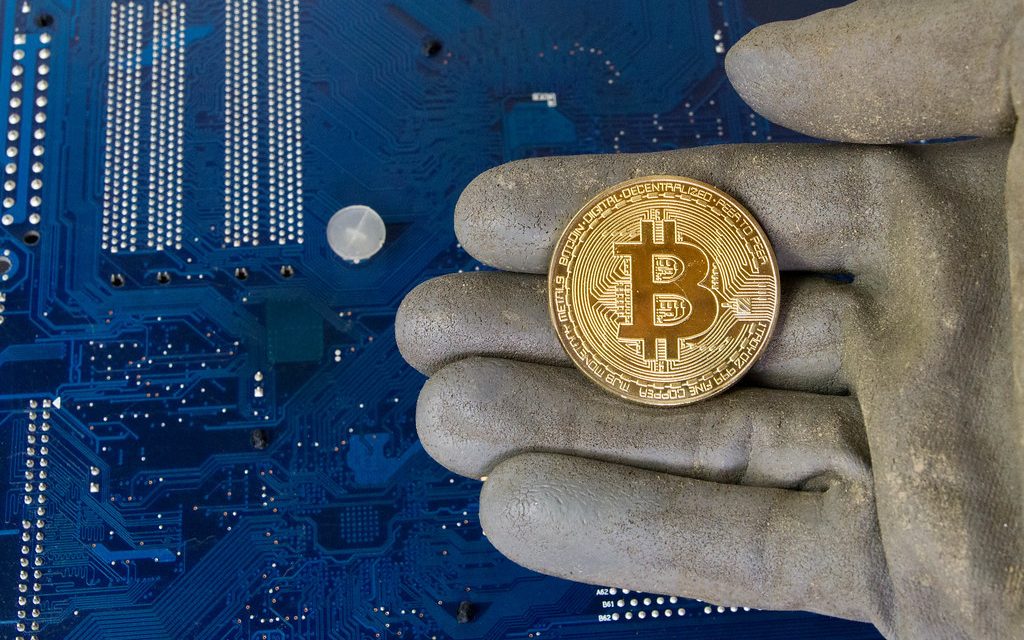The mining industry started 2022 off strong with what seemed like ample capital to expand, but high energy prices, increasing competition for Bitcoin blocks and a bear market hit miners, knocking out those with high leverage.
The sector was shaken by bankruptcies and loan defaults, and next year will likely bring even more pain, as miners struggle to bolster their balance sheets and operations. But it will also present an opportunity for those in a position to buy assets, as well as for those that can improve their margins with new innovations.
CoinDesk spoke to some of the top executives and analysts in bitcoin mining to review past year and predict trends for 2023. Here’s what they said.
Growth didn’t come
Industry participants say that lots of money was spent over the last year to boost hashrate, a measure of computing power on the Bitcoin network, but that in many cases, those investments didn’t pay off, as companies loaded up on debt to finance the growth only to see the economics of crypto mining break down.
“Many miners acted too deterministically,” projecting bitcoin (BTC) would hit $100,000 and not even considering that the price would drop below $20,000, said Juri Bulovic, head of mining at crypto mining and staking firm Foundry, which is owned by CoinDesk’s parent company, Digital Currency Group.
With falling bitcoin prices, many companies had trouble meeting their debt obligations.
“There aren’t many ways to financially materialize those plans. One either sells bitcoin, borrows debts or issues equity. When selling mined bitcoin was barely enough to cover OpEx (operating expenses), many opted for debt financing as the equity market turned cold,” said Wolfie Zhao, head of research at TheMinerMag, the data and research arm of mining consultancy BlocksBridge.
Source: CoinDesk





